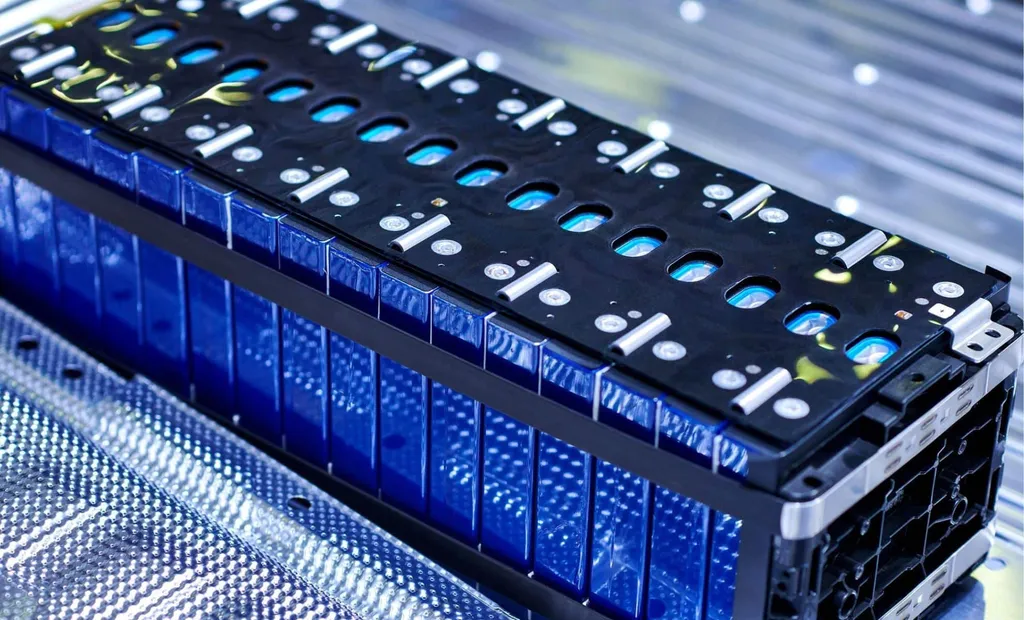In the quest for more reliable and efficient energy storage solutions, a team of researchers has made a significant breakthrough in understanding the thermal behavior of ovonic threshold switches (OTS), a critical component in advanced memory and selector devices. The study, led by Ju Hwan Park from the Department of Materials Science and Engineering at Seoul National University of Science and Technology, sheds light on the electrothermal dynamics of these devices, paving the way for enhanced reliability and durability.
Ovonic threshold switches are essential for high-density, high-performance memory devices, particularly in the energy sector where efficient data storage and retrieval are paramount. The research, published in *Materials Today Advances* (which translates to *Advanced Materials Today*), focuses on two types of OTS devices: Te-rich GeTe (GT) and Se-doped GeTe (SGT). By employing advanced thermal imaging techniques, the team was able to visualize the localized conductive channels and understand the heat distribution during switching operations.
“Direct visualization of these channels has been a challenge, but our use of thermoreflectance-based thermal imaging (TTI) allowed us to see exactly where and how heat is localized,” explained Park. This insight is crucial for identifying potential failure points and optimizing the thermal design of these devices.
The study also utilized time-domain thermoreflectance (TDTR) to measure the thermal properties of the amorphous films accurately. This data was then used to create electrothermal (ET) simulations, which revealed that GT-based devices can reach temperatures close to their crystallization thresholds during operation. This finding underscores the importance of careful thermal management to prevent device failure.
In contrast, SGT-based devices demonstrated superior thermal stability. “The stronger bonding and reduced Joule heating in SGT devices help maintain their structural integrity during switching,” Park noted. This improved stability makes SGT-based OTS devices a more reliable choice for applications requiring high durability and performance.
The combination of experimental thermal mapping and predictive modeling provides a robust framework for material design. By comparing GT and SGT systems, the researchers highlighted how targeted doping strategies and current optimization can significantly enhance thermal resilience and device longevity.
The implications of this research are far-reaching, particularly for the energy sector. As the demand for efficient and reliable data storage solutions continues to grow, understanding and mitigating the thermal challenges in OTS devices will be crucial. The insights gained from this study can guide the development of more robust selectors, ultimately leading to more efficient and durable energy storage systems.
“This research not only advances our fundamental understanding of OTS devices but also offers practical solutions for improving their reliability,” Park concluded. By addressing the thermal dynamics head-on, the team has set a new standard for the design and optimization of these critical components, ensuring they meet the stringent requirements of modern energy applications.

